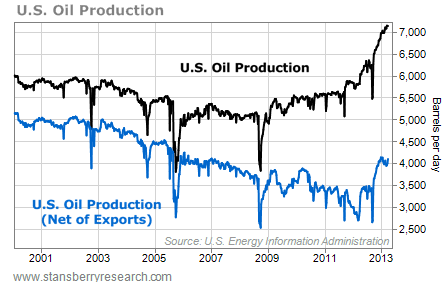Teenagers may not be the best judges of investments, but when it comes to their preferences, their thoughts can be a good indicator for where trends are headed -- especially when it comes to technology. Tapping into the teenage mind can be a scary endeavor, but let's look briefly at what technology teens prefer right now, and how investors can benefit.
Teens prefer Facebook, for now
According to a recent survey by Piper Jaffray, Facebook (NASDAQ: FB ) is still the preferred social media network among teenagers. The study showed that although teens are starting to move away from Facebook's website, the social network itself is still very important. The shift away from the website may be due more to the Facebook focusing on mobile offerings, rather than a shift in teenage preferences.
But the social media landscape can change quickly. Facebook's $1 billion purchase of Instagram last year is a prime example of how even the biggest social network companies can feel threatened by smaller ones -- and with good reason. In the survey, teens said that services like Wanelo and SnapChat are at the top of their list, even though they weren't included in the survey.
Facebook is trying to keep users hooked on its service, most recently with its launch of its Facebook-infused Android program, Facebook Home. If the survey's representative sample is correct, than it seems Facebook is doing a good job of retaining teens -- but it's not the only one at the top of the list.
Twitter followed behind Facebook for one of the most important teenage social networks, which could be a good indicator for tech investors chomping at the bit for a Twitter IPO. Rumors are still flying that the company will go public late this year or in 2014.
Apple's stock is down, but teen demand it high
When it comes to devices, the study found that 91% of teens surveyed said the next high-tech device they'll purchase will be a smartphone. That's good news for smartphone makers, and especially good for Apple (NASDAQ: AAPL ) . Out of those who want to purchase a smartphone, 51% said they'd buy an iPhone -- compared to just 22% who said they wanted and Android device. Of all the teens surveyed, about half of them already owned an iPhone.
It's worth noting that only 6.5% of iPhone owners fall into the teenager demographic, 1% higher than Android's market share in the same demographic. But what's important to take away from the survey is that the next demographic above survey respondents, those aged 18-24, make up almost 19% of iPhone owners and 16% of Android users. According to a recent comScore study, "iPhone owners tend to think very highly of their devices, and as a result they are likely to remain iPhone users over time. Nearly two-thirds (62 percent) of iPhone owners are highly satisfied with their device, and more than 80 percent of them have previously owned an iPhone." Contrast that with 48% of Android users that are satisfied with their device.
Apple seems to be winning the smartphone mindshare war among teenagers, and based on the comScore data, this could translate into more iPhone purchases down the road.
Obviously, teens aren't the only -- or the best -- indicator for picking a tech stock. But if you consider the information from the surveys and reports we mentioned, it's pretty solid market research. When it comes to social media investments, I'm still cautious on getting on board with Facebook. The company has made some huge strides in mobile as of late, and I think they're on the right track in a lot of ways, but social media trends can change quickly and I think it's still too early to tell how the company's stock will play out.
As for Apple, tech investors know what a wild ride it's been since last fall, but there's something to be said for Apple's ability to maintain high customer satisfaction and high retention rates for its devices. Despite increased competition, Apple is still one of the most dominant mobile tech companies and there's no indication that will change anytime soon. Teens see the value in the company's products, and I think investors would be smart to do the same.
There's a debate raging as to whether Apple remains a buy. The Motley Fool's senior technology analyst and managing bureau chief, Eric Bleeker, is prepared to fill you in on both reasons to buy and reasons to sell Apple, and what opportunities are left for the company (and your portfolio) going forward. To get instant access to his latest thinking on Apple, simply click here now.



